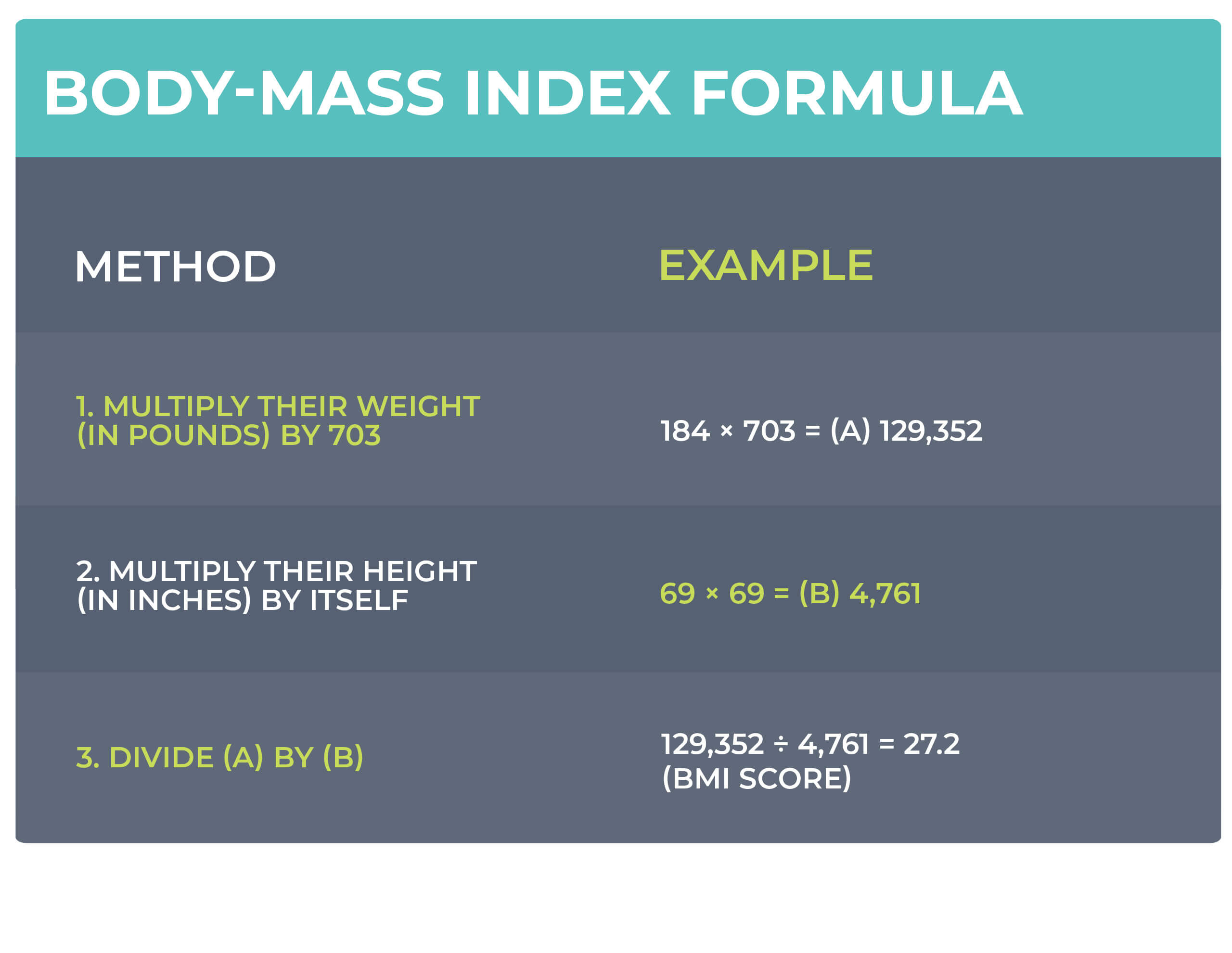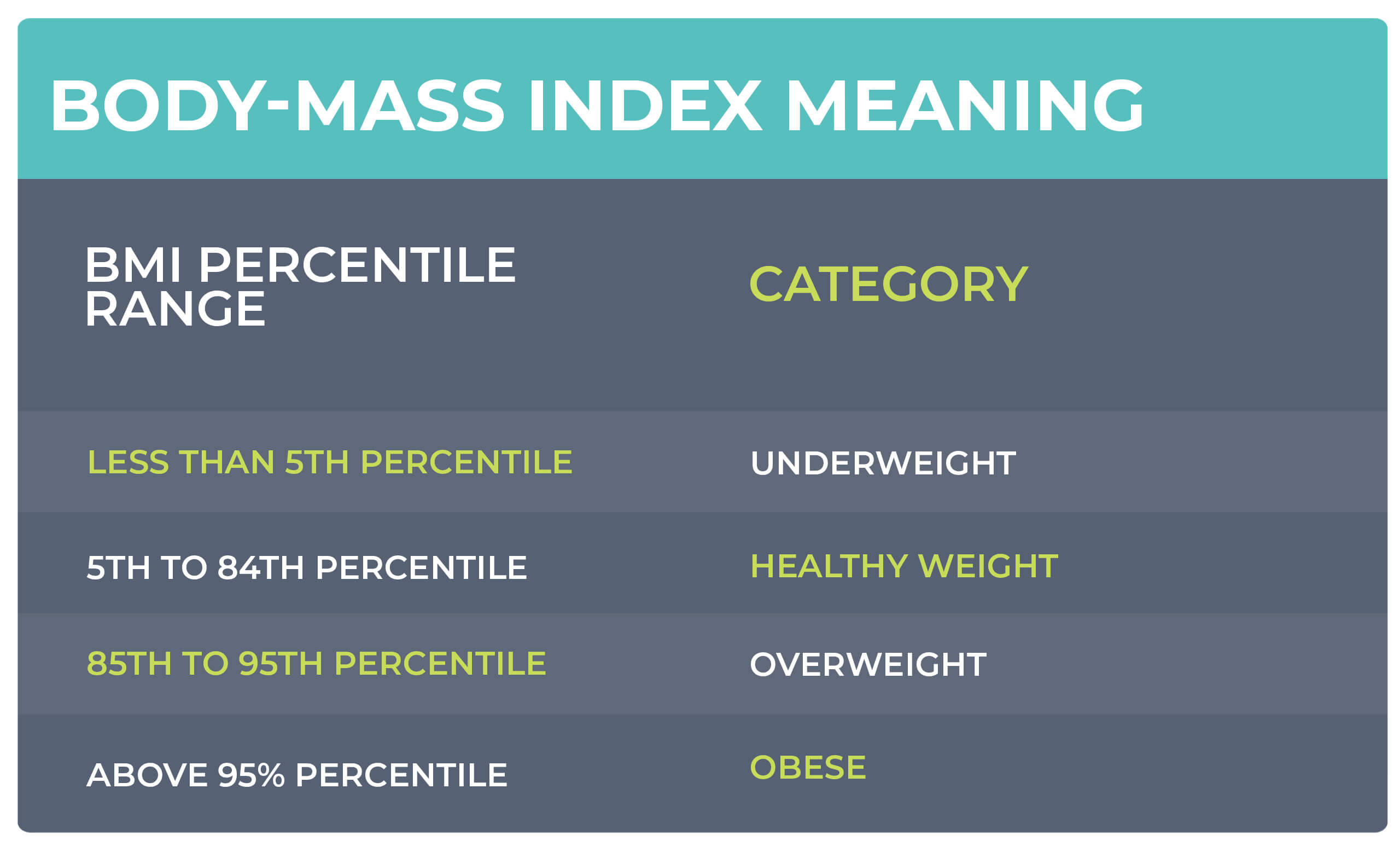Body-Mass Index (BMI) in Children
Child abuse needs to stop and education is the key.
The following free resources are essential to driving change and
are made possible through your contributions. Thank you.

You may hear the term body mass index or “BMI” during your child’s checkups, or even at your own health visits. But what does it mean, and why is it important to your child’s health? Read on for information about how BMI is calculated, what ranges pediatricians like to see in children, and why BMI–while an important screening measurement of health–can have limitations.

What is Body Mass Index (BMI)?
In simple terms, a person’s Body Mass Index or BMI is a calculated measurement of someone’s weight in relation to their height. This number serves as a quick estimate of body fat. It is puts people in weight catego-ries such as underweight, overweight, and obesity.
We know that children are constantly growing, and do so at different rates. In addition, male and female children have differences in body fat distribution, within a range of normal body shapes and sizes. Instead of just using the calculated BMI number as we do with adults, BMI percen-tiles consider children’s growth and development to figure out if they are within their healthy weight range.
How is a child’s BMI calculated?
Your pediatrician will measure your child’s height and weight with their shoes and heavy clothes off, and then calculate BMI with this formula:

This number is then compared to other U.S. children of the same age and sex to determine what’s called a BMI percentile. For example, a BMI-for-age percentile of 65 means that the child’s weight is greater than that of 65% of other children of the same age and sex. Pediatricians plot this number on a standardized growth chart for a visual comparison, and to help track growth trends over time.
The best way to know your child’s BMI is to have your child’s pedia-trician measure and discuss the results with you. Your pediatrician can advise you on ways to strategies that focus on developing and supporting healthy habits at home.
There are also BMI calculators available, such as this one from the U.S. Centers for Disease Control and Prevention:
What are BMI percentile categories?
To find out which category a child is in, pediatricians will use both the BMI number and its corresponding percentile. For example, a 5-year-old boy with a BMI in the 88th percentile means this child’s BMI is higher than 88% of other 5-year-old boys and would be considered in the over-weight category. The BMI percentile-ranges and weight status categories:
What does your child’s BMI mean?
To find out which category a child is in, pediatricians will use both the BMI number and its corresponding percentile. For example, a 5-year-old boy with a BMI in the 88th percentile means this child’s BMI is higher than 88% of other 5-year-old boys and would be considered in the over-weight category. The BMI percentile-ranges and weight status categories:

BMI: understanding the numbers
Ideally, children should fall in the target ranges between the 5th and 85th percentiles. Children below 5th percentile could have a nutritional short-fall—either not taking in enough calories or burning up more calories than they are getting, or both. Likewise, children above the 85th percen-tile are likely, but not always, getting too many calories in their diet, not burning up enough calories through physical activity, or both. Although less common, some medical conditions can cause children to gain or lose weight more easily.
How does BMI affect health risks?
Obesity is a serious health concern that can put children at risk for complications that can affect their health in the short- and long-term. Scientists have found obesity to be a risk factor for se-vere illness with COVID-19 infection, for example. It can raise the risk for problems such as diabetes , hypertension, chronic joint pain, sleep apnea, and psychosocial stress such as bully-ing and low self-esteem. We also know that children with obesity tend to be more likely to have obesity later in life as adults. However, it is never too late to make healthy and positive changes for your family!
Every family should aim to incorporate a balanced and nutritious diet and daily exercise in a child’s routine. Your pediatrician can offer guidance and connect you with resources to help meet these goals, even during extra challenges created by the COVID-19 pandemic. If your child falls outside of the 5th and 85th BMI percentiles, talk with your pediatrician about the best treatment options tailored to their individual needs.
Just one piece of the health puzzle
A child’s BMI is a valuable screening tool, but it’s only one piece of the puzzle to finding out if a child is at a healthy weight. First, it is important to know that BMI is not a perfect measurement. For example, shorter children with a muscular build may have a high BMI but little body fat. In general, BMI percentiles higher than 95% are a reliable sign that a child has excess body fat and is at risk for health complications.
Second, it is especially important to not focus solely on specific numbers but rather, using the BMI along with making healthy choices. It is entire-ly possible to have a BMI in the healthy range but routinely make poor health decisions (eating junk food and not exercising). Likewise, it is al-so possible to have a BMI in the overweight or obese category while making regular healthy choices.
Remember
Preventing obesity and keeping BMI in the healthy range is critical for children’s overall health and well-being, as well as continued health as they grow and become adults. Talk with your pediatrician if you have any concerns about your child’s weight.
References & Sources
- https://www.healthychildren.org/English/health-issues/conditions/obesity/Pages/Body-Mass-Index-Formula.aspx
The abuse may be brief, but the trauma lasts a lifetime.
Kids’ lives and futures are on the line!
Be the voice against neglect and contribute to end child maltreatment today.
Our Lessons are available for Offline learning!
Previous Section
Parenting Resource Center
Body-Mass Index (BMI) in Children
Next Section
